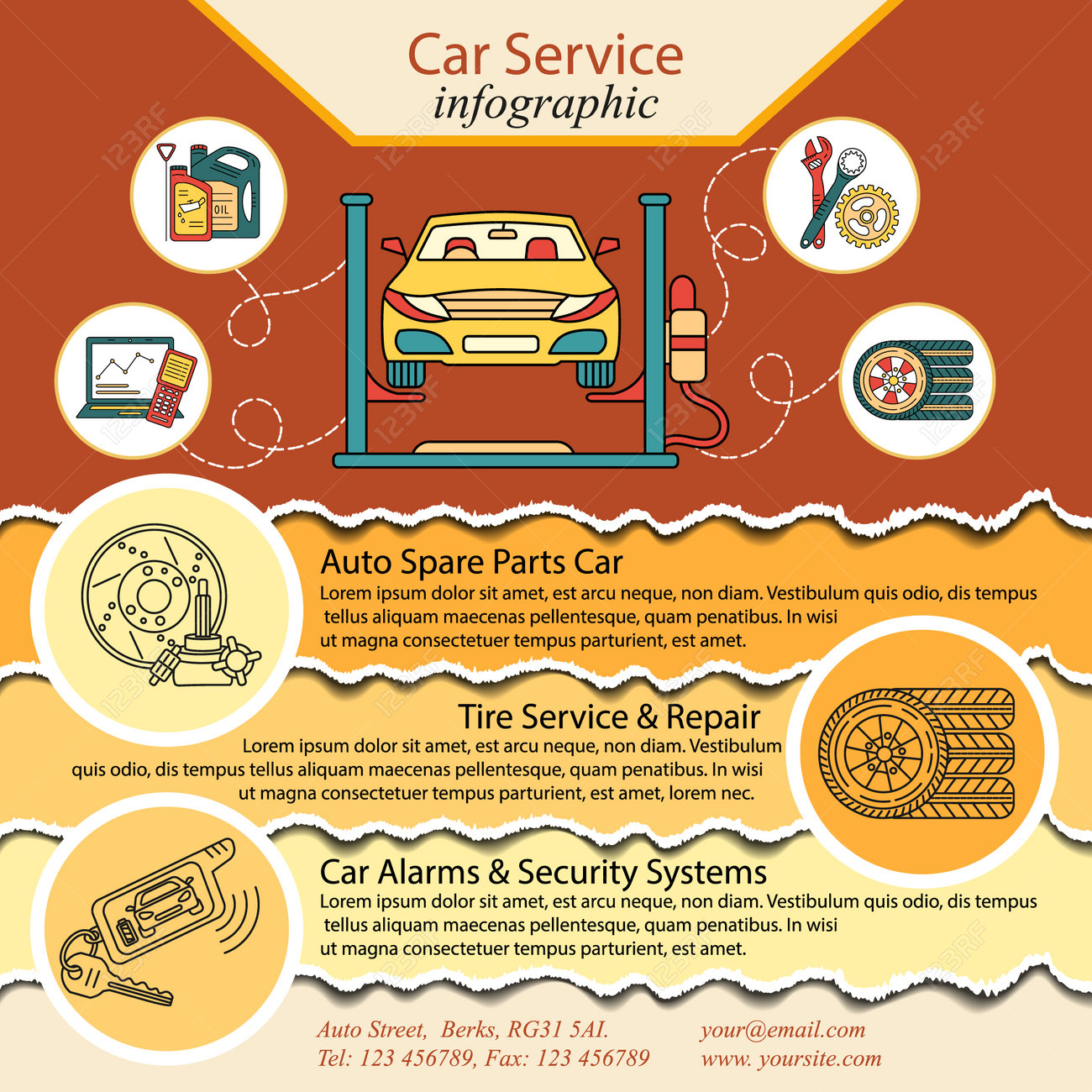Deciphering Your Car'S Warning Indicators: What They Genuinely Symbolize
Deciphering Your Car'S Warning Indicators: What They Genuinely Symbolize
Blog Article
Created By-Faulkner Stark
When you're behind the wheel, those beautiful caution lights on your control panel can be a bit bewildering. Do you know what they're attempting to inform you about your vehicle's health? Comprehending the significance of these lights is crucial for your safety and security and the durability of your automobile. So, the next time among those lights appears, would not you want to decipher its message accurately and take the essential steps to address it?
Common Warning Lights and Interpretations
Identify usual warning lights in your vehicle and comprehend their meanings to make certain secure driving.
https://josueojeys.blogpixi.com/30557987/the-definitive-handbook-for-determining-reputable-auto-fixing-shops-in-your-region of the most common caution lights include the check engine light, which signifies problems with the engine or emissions system. If this light comes on, it's essential to have your lorry examined immediately.
The oil stress warning light shows reduced oil stress, calling for prompt attention to stop engine damage.
A flashing battery light may recommend a malfunctioning charging system, potentially leaving you stranded otherwise addressed.
The tire pressure tracking system (TPMS) light notifies you to reduced tire pressure, affecting vehicle security and fuel efficiency. Overlooking this could bring about harmful driving problems.
The abdominal light shows a problem with the anti-lock stopping system, jeopardizing your capability to quit rapidly in emergencies.
Lastly, the coolant temperature level warning light warns of engine overheating, which can lead to serious damages if not resolved quickly.
Understanding these common caution lights will assist you address concerns immediately and keep safe driving problems.
Relevance of Prompt Attention
Comprehending the usual warning lights in your cars and truck is just the first step; the relevance of without delay resolving these warnings can't be stressed enough to guarantee your security on the road.
When a caution light brightens on your control panel, it's your car's way of communicating a potential problem that needs interest. Disregarding https://www.kare11.com/article/news/local/auto-repairs-affected-by-supply-chain-issues/89-25d65fdd-cd02-4567-92a9-6416956f9cf4 can bring about a lot more severe troubles down the road, compromising your safety and security and possibly costing you more in repairs.
Trigger interest to warning lights can prevent break downs and accidents. For example, a flashing check engine light can show a misfire that, if left ignored, could trigger damage to the catalytic converter. Addressing this quickly can conserve you from a costly repair work.
Likewise, a brake system advising light may signal low brake fluid or worn brake pads, essential elements for your safety when driving.
DIY Troubleshooting Tips
If you discover a caution light on your control panel, there are a couple of do it yourself troubleshooting pointers you can try prior to seeking specialist help.
The very first step is to consult your cars and truck's handbook to recognize what the specific warning light shows. Sometimes the concern can be as easy as a loose gas cap activating the check engine light. Tightening up the gas cap may fix the problem.
visit web site is a low battery, which can cause numerous cautioning lights. Examining the battery links for deterioration and ensuring they're safe and secure may repair the issue.
If a warning light continues, you can attempt resetting it by detaching the vehicle's battery for a few minutes and afterwards reconnecting it. Furthermore, inspecting your vehicle's liquid degrees, such as oil, coolant, and brake fluid, can assist troubleshoot advising lights associated with these systems.
Verdict
Finally, recognizing your vehicle's warning lights is crucial for keeping your vehicle running efficiently and securely. By immediately dealing with these alerts and recognizing what they indicate, you can avoid costly fixings and possible failures.
Keep in mind to consult your car's guidebook for specific information on each cautioning light and act appropriately to guarantee a trouble-free driving experience.
Remain notified, stay safe when traveling!
